Recently, after Diwali, Delhi recorded an AQI of 999 and above, and most places were covered under a dense smog.
Air Quality Index
— Dhruv Rathee (@dhruv_rathee) October 27, 2019
50 – Clean
100 – Moderate
150 – Unhealthy
200 – Very Unhealthy
400 – Hazardous
.
.
1000 – Beyond Index
.
.
.
1800 – Diwali Night in India
And some idiots think it’s an achievement to do #CrackersWaliDiwali
On no other day, does the air gets this poisonous! pic.twitter.com/n00BigcAEN
Despite a marginal decline in bursting crackers across India, the current environment is a toxic chamber with far-reaching health concerns.
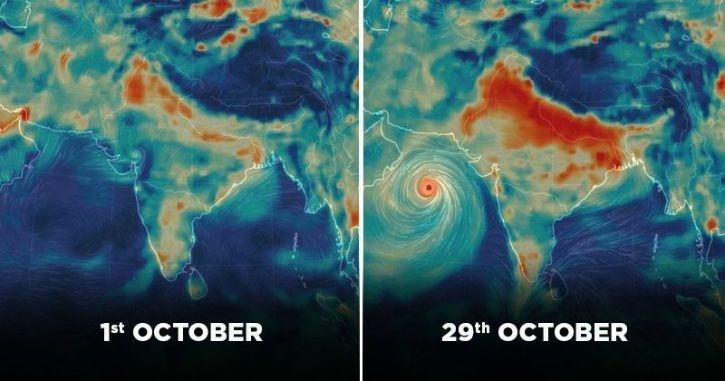
Since 2013, when Beijing was suffering from an ‘airpocalypse‘, China has introduced draconian measures to control pollution.
The result is that from an AQI of ‘beyond index’ (the level Delhi was at, after Diwali) in 2010, Beijing has recorded an AQI of 53 (Moderate) in 2019.
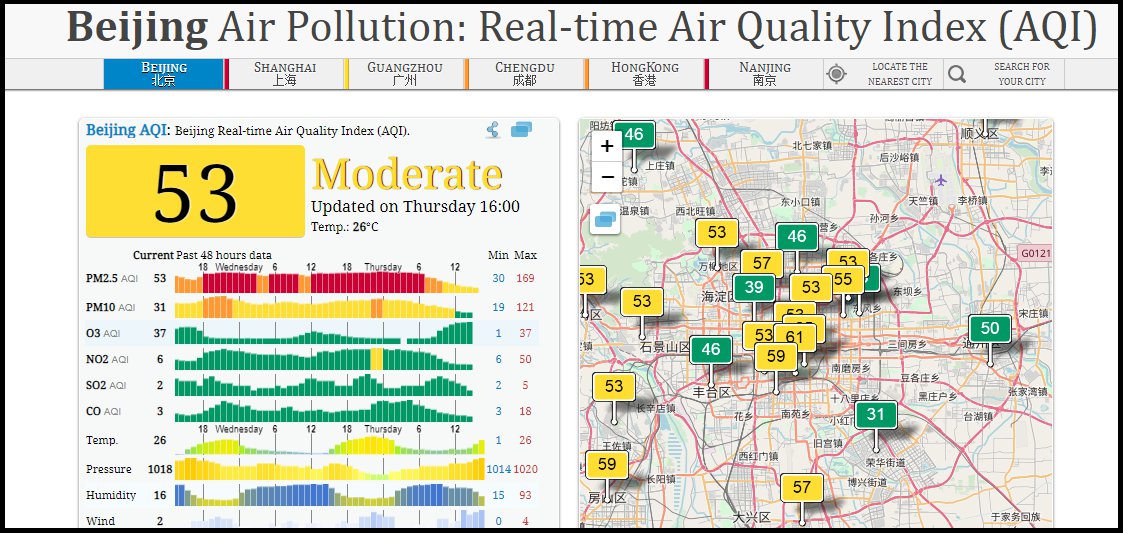
Like India, China has also battled the after-effects of overpopulation and rapid industrialization – two causes that directly contribute to a rise in pollution. And thus, it is not unfair to assume that measures adopted by the Chinese authorities can serve India better. Measures like these:
1. Introducing a nationwide cap on coal consumption.
In 2013, China introduced the National Air Quality Action Plan on air pollution which included a set of prohibitions.
Under the National Action Plan, new coal-burning capacity (coal-fired plants) were banned, coal mines were shut down, and iron-and steel-making capacity was reduced.
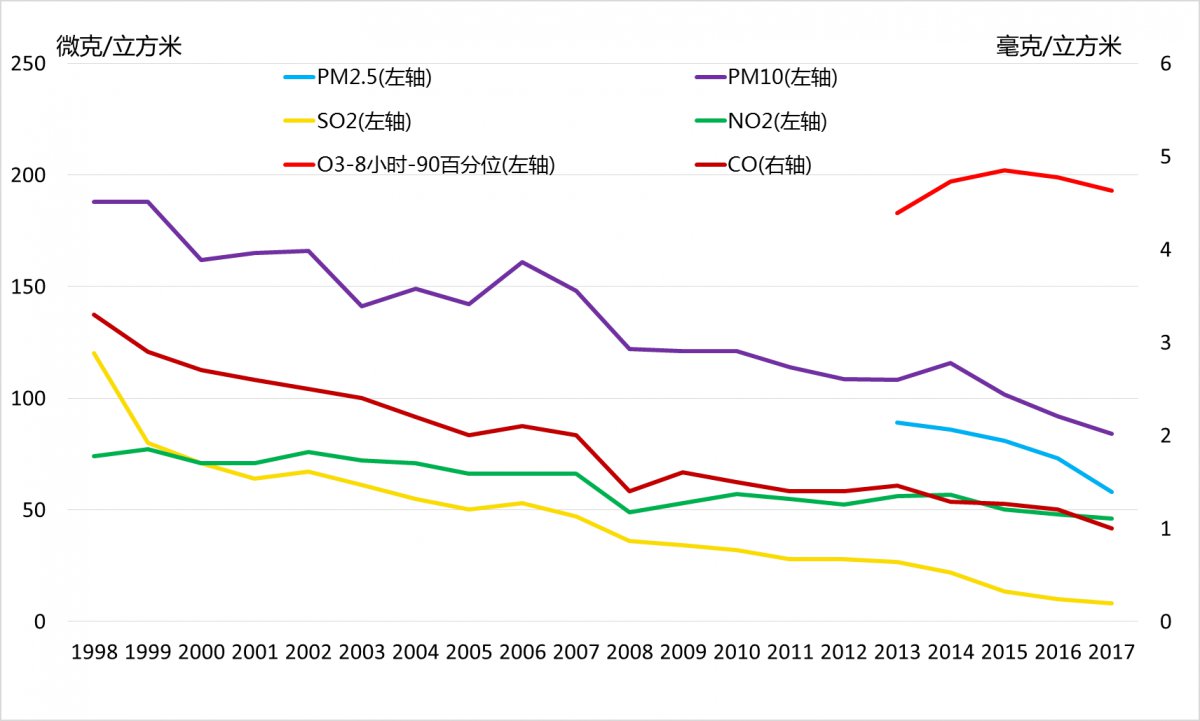
China’s employed a unique, albeit strict measure, where it banned high-pollution activities, rather than governing through taxation. It helped them achieve greater results in a shorter span of time.
2. Identifying and focusing on high-polluting regions.
China adopted a regional approach and identified key polluted regions to provide better results. Thus, in 2013, Beijing-Tianjin-Hebei, Yangtze River Delta, and Pearl River Delta regions were identified as key areas for pollution control measures.
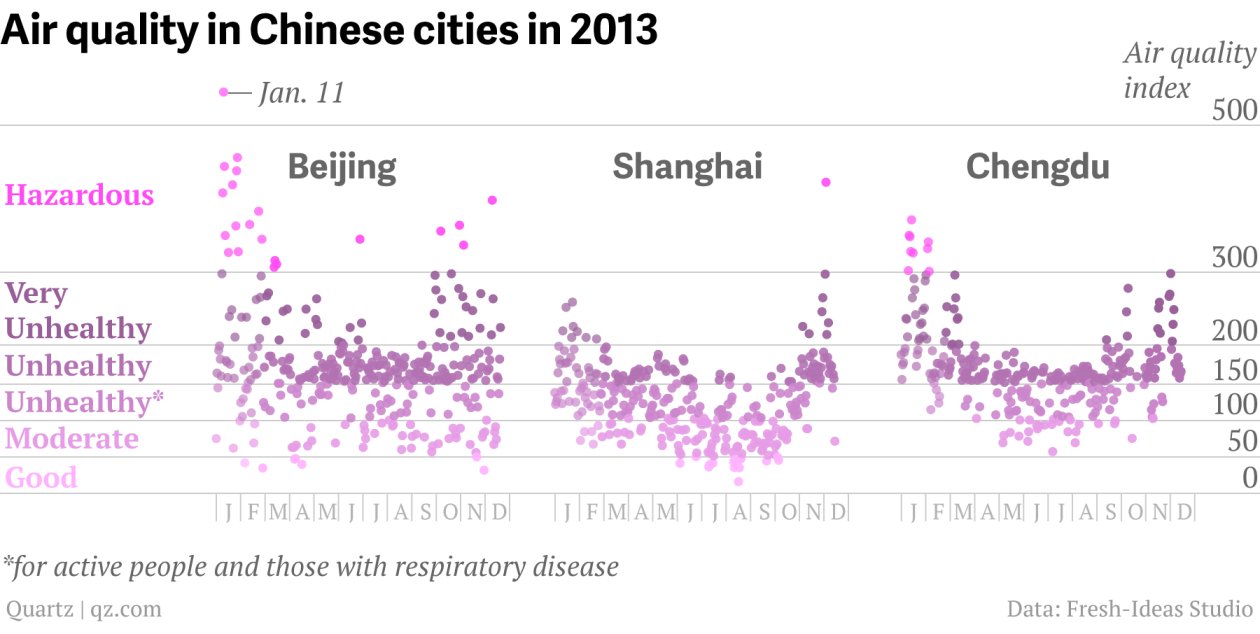
According to ecns, the Ministry of Ecology and Environment released a report stating, ‘the average concentration of PM2.5 decreased by 48 percent, 39 percent, and 32 percent in each of the regions, respectively.’
3. China’s ban on coal included domestic use as well.
China’s also introduced a ban on nation-wide use of coal by domestic households (most villages and rural areas depended on coal for heat during winters), hospitals, and schools. Even in India, traditional chulhas directly harm the user and contribute to air pollution.
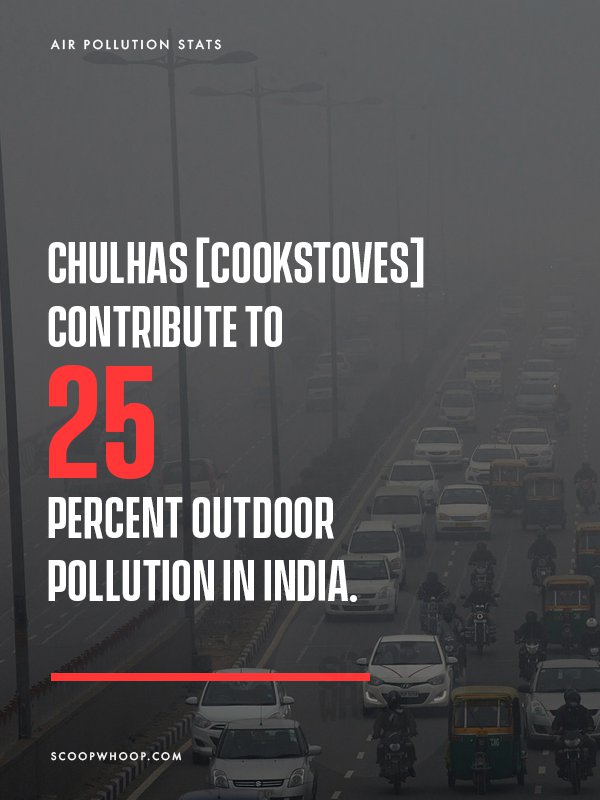
Note: A result of the forced ban was the lack of available alternatives (natural gas, etc.). Consequently, many people and children suffered during the winter. The government had to allow for coal consumption in 28 cities, till cheaper, alternative methods could be introduced.
4. Restricting the purchase of new cars.
In large cities–Beijing, Shanghai, and Guangzhou–measures were introduced to limit the number of cars on the roads.
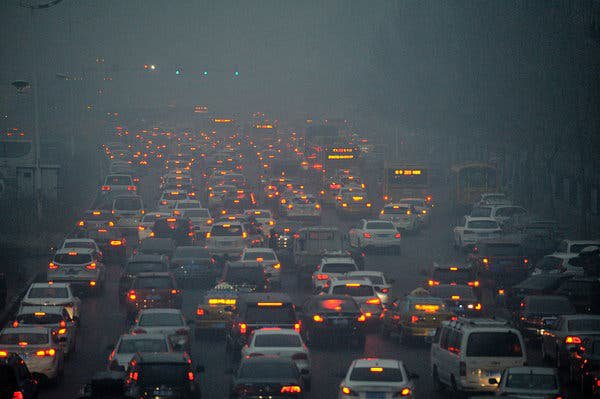
In fact, part of the ‘ten measures’ introduced by the government authorities, included limiting the total number of vehicles in Beijing to six million by the end of 2017. Consequently, in Beijing, the quota for new cars was limited to 150,000 in 2017 and 100,000 in 2018.
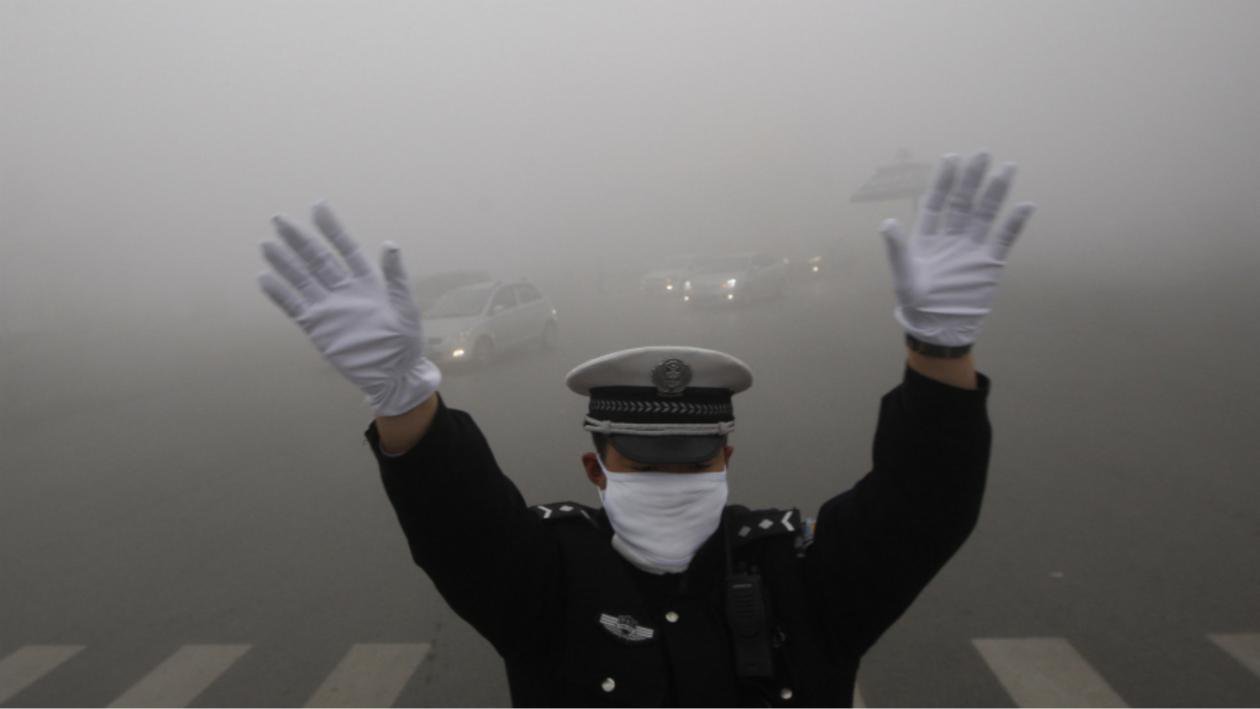
Additionally, from January 2019, all major automobile manufacturers (global and domestic) in China, are expected to meet a minimum requirement for producing new-energy vehicles.
5. Building the ‘world’s biggest air purifier’.
A 100-metre high air purifier was built in Xian in Shaanxi province, and since its launch, the tower produced ‘more than 10 million cubic metres (353 million cubic feet) of clean air a day’.
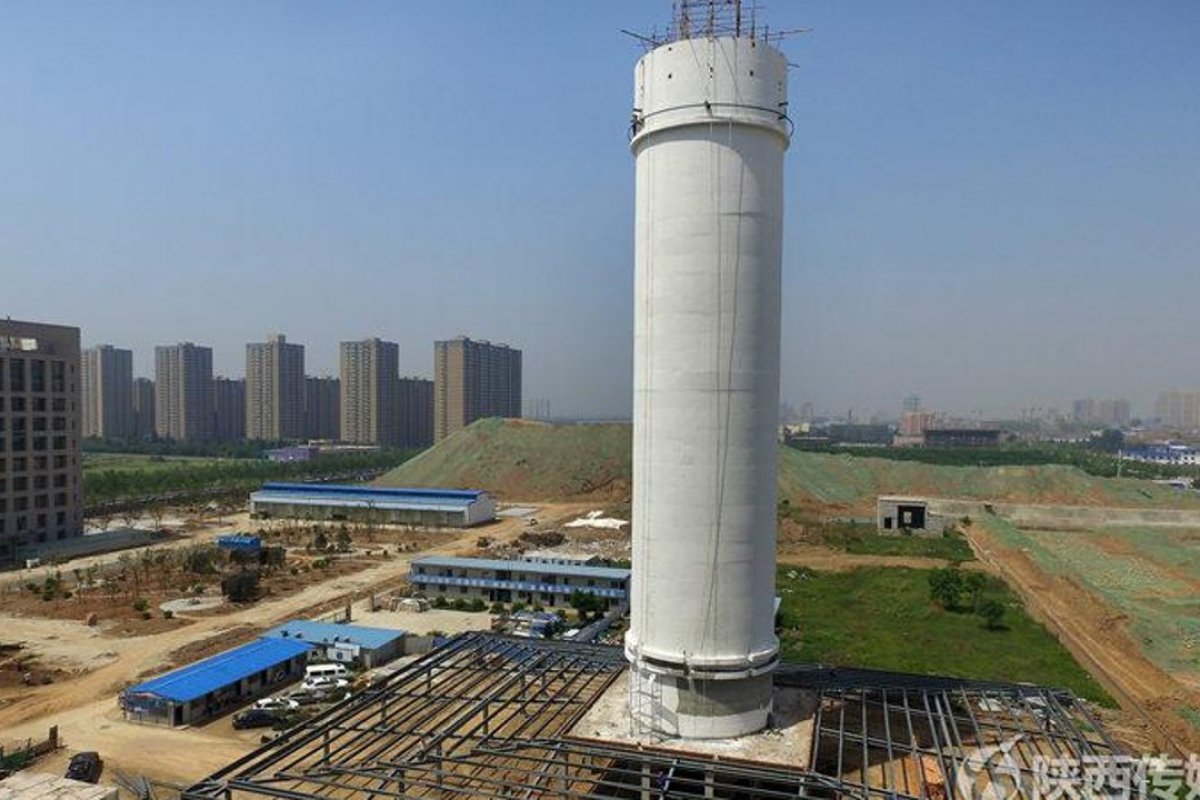
6. Nationwide afforestation measures to increase forest cover to 23% by 2020.
Apart from combating pollutants, China also focused on large-scale afforestation measures. Not only did China invest in renewable energy sources, but it also introduced a reforestation program with the aim of increasing forests cover from 21.7% to 23% by 2020 and 26% by 2035.

Reportedly, between 2013 to 2018, China invested more than $65 billion in new forests. Additionally, it also promoted ‘ecological red line’ policies, where construction near forests, rivers, and national parks was restricted.

7. For 2018-2020, China introduced a new three-year plan to combat pollution.
According to the UN Environment, from 2013 to 2017, the fine particulate pollution (PM2.5) in Beijing fell by 35% and by 25% in surrounding regions.
Spot the difference! #Beijing then & now. Amazing images @guardian https://t.co/VhzwhFMZGY #airpollution #China pic.twitter.com/3wo55YWDC7
— Teachit Geography (@TeachitGeog) December 8, 2015
Under the 2020 plan, anti-smog measures will be initiated across 82 cities in China. A new problematic region–Fen-Wei Plain area which contains highest levels of sulphur dioxide pollution–has been identified. The area will receive increased financial and technical assistance but also be under greater government scrutiny.
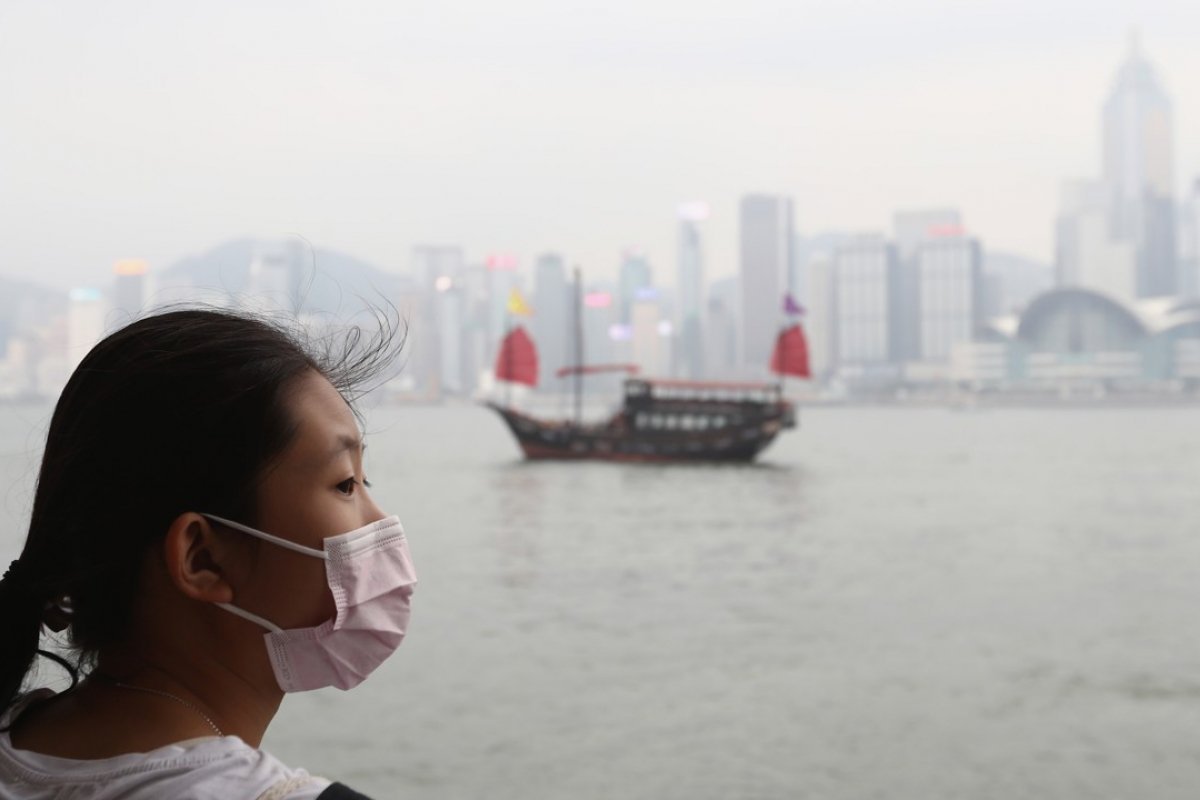
The key takeaways from the measures China took are to adopt a regional approach (high focus on key polluting regions), set fixed, realistic limits, and ensure strict enforcement. India could enforce, for the most part, compulsory use of seat belts through strict enforcement. It’s thus not illogical to assume that a similar approach for air pollution control measures can directly combat smog and pollutants.
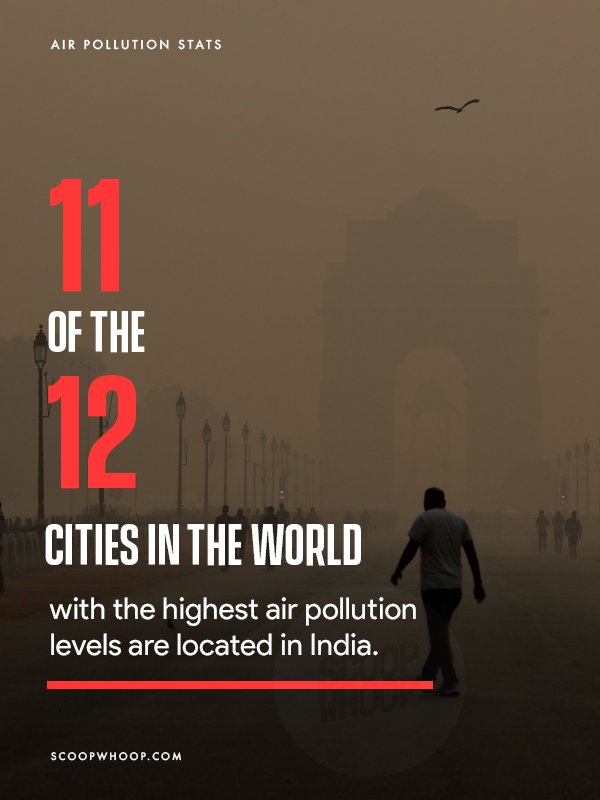
Though it was in 2013 that China took extreme measures, China’s war on pollution has been going on for over 20 years, since 1998. It if took China, with its strict policies and novel measures, 20 years to combat air pollution, then India is already off to a late start. We just can’t afford to delay action for even a minute longer.

















